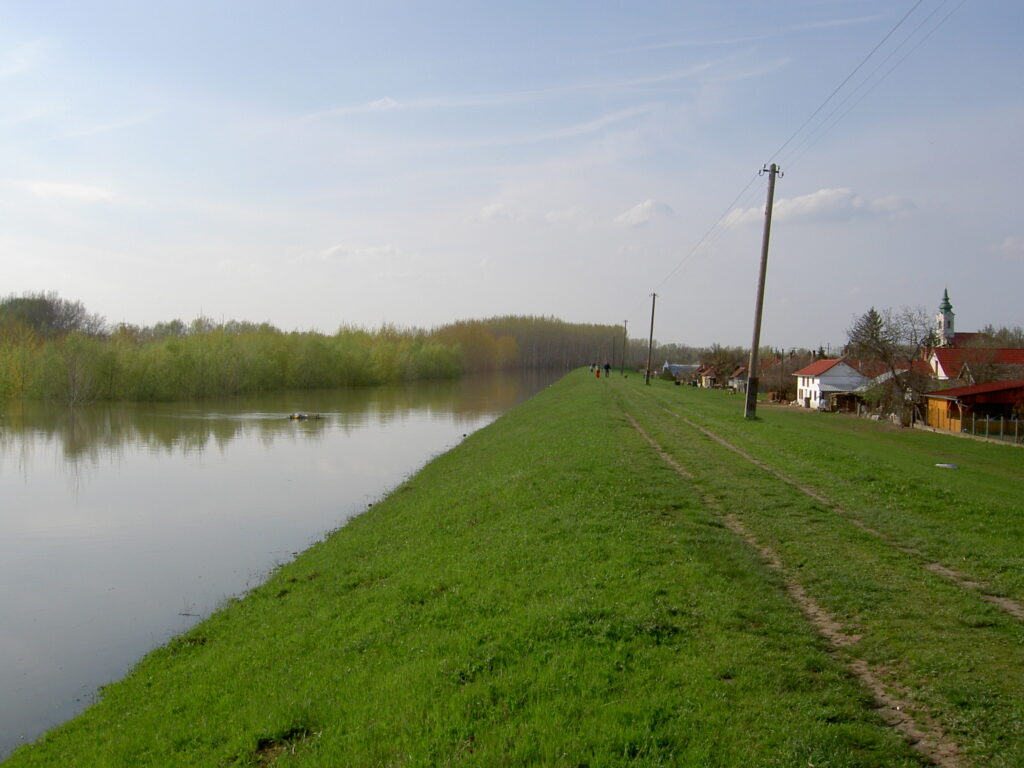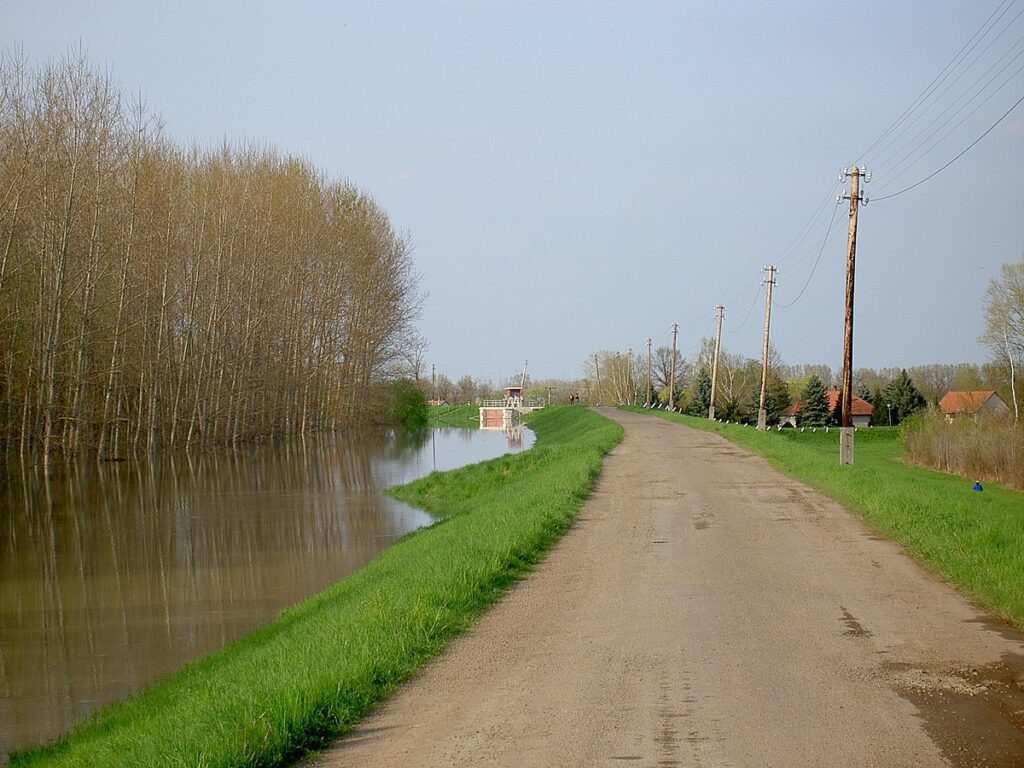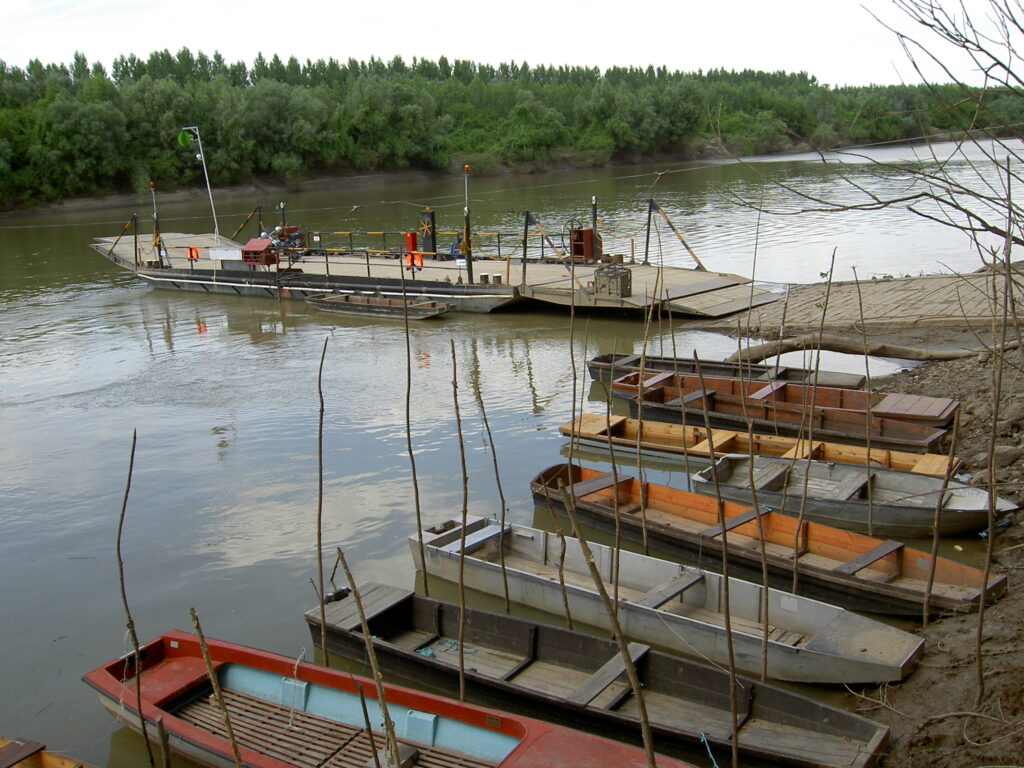Mindszent city in Csongrád-Csanád county , Hódmezővásárhely district .
History
Archaeological finds suggest that it was already inhabited in ancient times. The conquering Hungarians also occupied this part of Csongrád county. This is also indicated by finds, but the proximity of Szer (Pusztaszer) (6 km) also makes this certain.
A written record mentions the twin village of Mindszent as Apor, which was incorporated into Mindszent (and the parish ) in 1332 for the first time in connection with the church tithe . The Tisza crossing was first mentioned in documents in 1515.
The settlement, which has been destroyed several times throughout history, has always lived on with the settlers.
Description of the settlement at the end of the 18th century:
Mindszent was the seat of the Trans – Tisza district from 1884 to 1925 , then after its renaming until 1948 it belonged to the Mindszent district .
Roman Catholic Church
His church, rebuilt several times, has always been dedicated to ” All Saints .” The city got its name from its church.
During the Turkish occupation, Mindszent suffered many blows. Most of the population fled, always resettling after the emergency, so the church survived the Turkish occupation along with the population, as evidenced by a report sent to Rome in 1675 and contemporary Turkish tax records. It was only after the expulsion of the Turks (1686) that greater development opened up to the village. The Catholic parish priest Imre Hodosy, who came to Mindszent in 1702, played a decisive role in this. He reorganized the parish and the municipal administration. From then on, the population gradually increased.
The XVIII. In the 16th century, Count Sándor Károlyi was the guardian, then from 1733 he became the new landlord of Mindszent in the person of Count György Erdődy. In 1804 the manor was bought by Count Zichy Leopoldina, widow of Earl Charles Pallavicini . He later donated it to his son, Eduard Pallavicini (1787-1839). In 1839, Count Alfonz Pallavicini (1807-1875) inherited the estate, from 1875 he passed to Count Sándor Pallavicini (1853-1933), (then his son, Alfonz Pallavicini (1883-1958), the honorary citizen of Mindszent , was the owner until 1945). who were surrounded by the inhabitants of Mindszent with great reverence and gratitude.
In 1893 the railway opened. The changes of the 19th century also had a significant impact on the development of Mindszent.
The School Queue
The Károly kindergarten was founded by Count Sándor Pallavicini in 1902, the Girls ‘School was built in 1903, and the Boys’ School was built in 1905. The three buildings form a beautiful school line in the main square of the settlement, and are still a pleasant highlight of the city. The kindergarten housed nuns from Premontre who, prior to the state kindergartens of the time, served as day care homes and nurseries in collaboration with the prefecture of the village.
The Town Hall
The village hall (now the town hall) was built in 1938, to which the area was also donated by Pallaviciniek.




